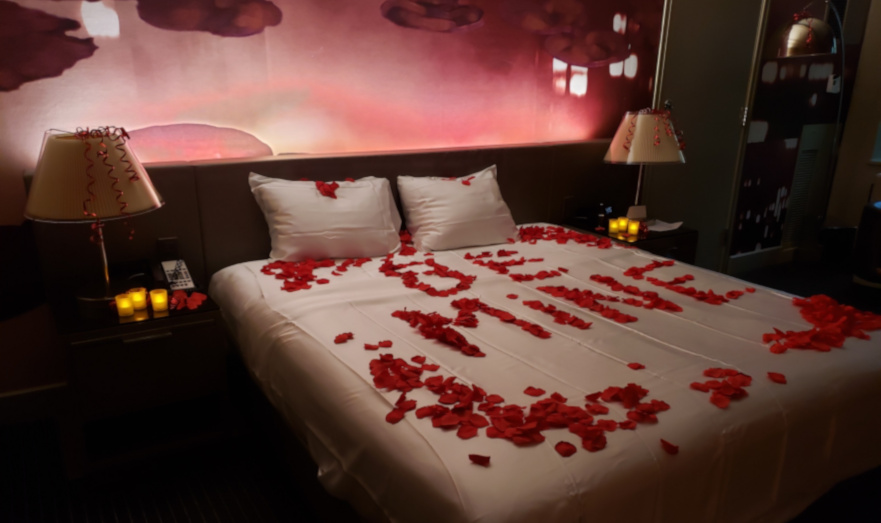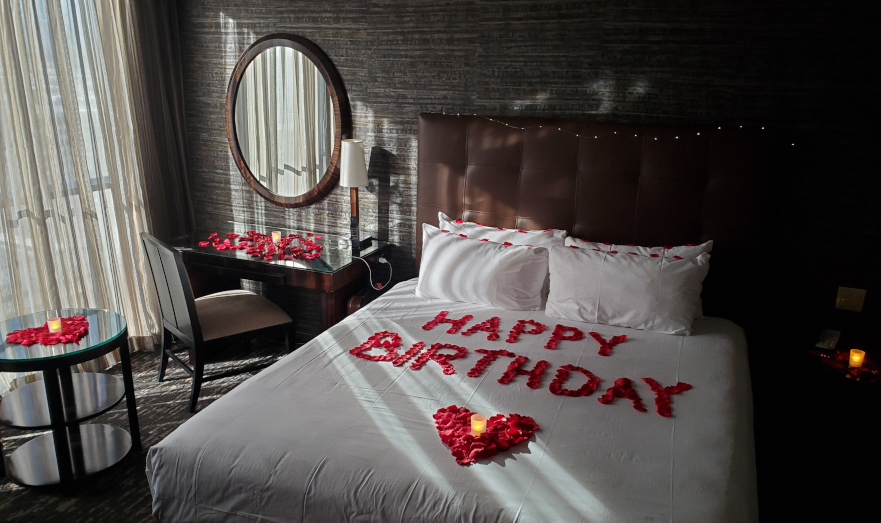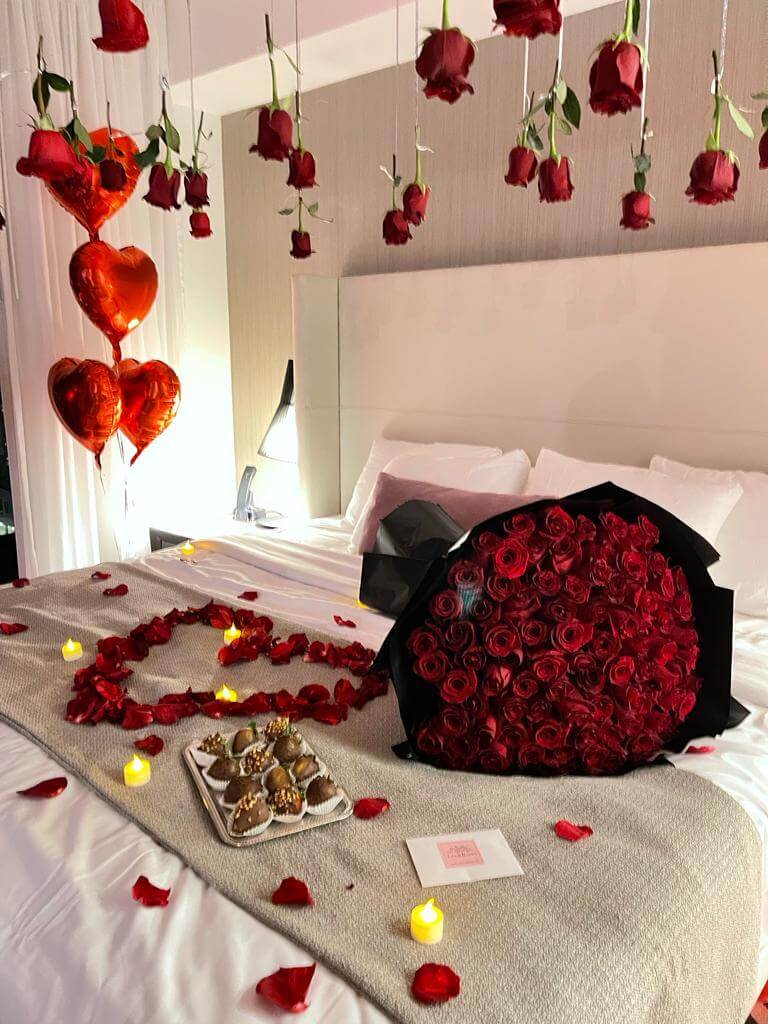Decorating a hotel room involves more than just placing a bed and a few pieces of furniture. It’s about creating an inviting space that resonates with guests and enhances their overall experience. With my years of experience in hospitality and design, I’ve gathered insights and practical tips to help you transform any ordinary hotel room into an extraordinary haven. Let’s dive into the world of hotel room decoration!
Why Hotel Room Decoration Matters
Decorating hotel rooms is crucial for several reasons:
- First Impressions: A well-decorated room sets the tone for a guest’s stay.
- Enhanced Comfort: Thoughtful decorations create a cozy and homely atmosphere.
- Brand Identity: The style and decor reflect the hotel’s brand and audience.
- Guest Satisfaction: Comfortable and aesthetically pleasing rooms lead to positive reviews.
Essential Elements of Hotel Room Decoration
Color Schemes
The color scheme of a hotel room can significantly influence guest perceptions. Here are some popular choices:
| Color | Meaning | Pros | Cons |
|---|---|---|---|
| Neutral Tones | Calming, Versatile | Easy to decorate around | Can be too bland |
| Bright Colors | Energetic, Inviting | Creates excitement | May overwhelm some guests |
| Pastel Shades | Soft, Relaxing | Appealing to wide demographics | May lack vibrancy |
| Dark Colors | Luxurious, Cozy | Creates intimacy | Can feel constrictive |
Furniture Selection
Your choice of furniture can make or break the decor. Key points to consider include:
- Quality: Invest in durable, high-quality furniture.
- Style: Choose furniture that aligns with your hotel’s theme.
- Functionality: Opt for multifunctional pieces, especially in smaller rooms.
Lighting
Lighting plays a crucial role in setting the mood of a hotel room. Here are some tips:
- Natural Light: Maximize windows for natural light.
- Layered Lighting: Use a combination of ambient, task, and accent lighting.
- Adjustable Lighting: Give guests control with dimmers to create their desired ambiance.

Design Styles for Hotel Rooms
Modern Minimalism
This design style emphasizes simplicity and functionality. Key features include:
- Clean lines and open spaces
- Neutral palettes with the occasional pop of color
- Minimal decorative items to maintain a clutter-free environment

Classic Elegance
A timeless approach that showcases luxury and sophistication. Elements include:
- Rich color palettes
- High-quality fabrics and textures
- Classic furniture styles with ornate details
Bohemian Chic
This eclectic style encourages creativity and personal expression. Key features are:
- Vibrant colors and patterns
- Mixing textures and materials
- Incorporation of plants and natural elements

Industrial Style
A trend that highlights raw materials and urban aesthetics. Important elements include:
- Exposed brick and ductwork
- Metal and wood furnishings
- A muted color palette with industrial fixtures
Practical Tips for Decorating Hotel Rooms

Utilize Existing Space Wisely
Maximizing the use of space is crucial, especially in smaller hotels. Consider installing:
- Beds with storage drawers underneath
- Wall-mounted shelves to save floor space
- Folding tables and pull-out chairs for versatility
Incorporate Local Culture
Integrating elements of local culture or art can enhance the guest experience. Here’s how:
- Display local artwork or photography
- Use textiles or colors common in local crafts
- Include brochures or maps highlighting local attractions

Invest in Quality Linens
Quality bedding and towels can significantly enhance guest comfort. Tips include:
- Choose high thread count sheets for softness
- Opt for plush towels that provide a spa-like experience
- Use a mattress protector to extend the life of the mattresses
Personal Experience: Transforming a Hotel Room
In my experience working with various hotel projects, one memorable instance was when I helped redesign a boutique hotel in a bustling urban area. The goal was to create a relaxing oasis amid the city chaos. Here’s what we did:
- We chose a soothing color palette of soft blues and earthy tones.
- We added layered lighting, including bedside lamps with adjustable brightness.
- Local artists provided artwork that captured the essence of the neighborhood.
- We invested in high-quality bedding and furnishings.

The result was overwhelmingly positive. Guests appreciated the calm atmosphere, and the hotel experienced an increase in repeat bookings. This reaffirmed my belief that thoughtful decoration is key to guest satisfaction.
Common Mistakes to Avoid
Neglecting Functionality
While aesthetics are essential, functionality should never be overlooked. Ensure:
- Furniture is arranged for easy movement
- Lighting is adequate for reading and working
- Storage solutions are easily accessible
Overpersonalization
While personal touches can make a room feel special, it’s important to strike a balance. Avoid:
- Overly themed decor that might not appeal to everyone
- Excessive personal items or photos that could alienate guests
- Trendy designs that might quickly go out of style
Conclusion
Decorating hotel rooms is both an art and a science. It involves understanding the needs and preferences of guests, creating a cohesive design, and ensuring functionality. By incorporating thoughtful decor strategies, hotel owners can enhance guest experiences, leading to positive reviews and repeat business. Remember to keep your decoration efforts aligned with your brand identity, and do not shy away from infusing some local flavor. Happy decorating!
FAQs About Hotel Room Decoration
What are the best color schemes for hotel rooms?
The best color schemes include neutral tones for a calming effect, bright colors for an energetic atmosphere, and pastels for a soft, welcoming feel.
How can I make a small hotel room feel larger?
Maximize natural light, use mirrors to create the illusion of space, and select multifunctional furniture that saves space.
What type of bedding should I invest in for hotel rooms?
Invest in high-thread count cotton sheets, hypoallergenic comforters, and plush towels to provide guests with a luxurious experience.
Is it necessary to hire a professional designer for hotel room decoration?
While it’s not strictly necessary, hiring a professional can help realize your vision effectively and ensure that the design meets both aesthetic and functional standards.
How often should hotel rooms be redecorated?
It’s advisable to refresh decorations every 3-5 years or whenever furniture and linens show signs of wear. Seasonal decor changes can also keep things feeling fresh.